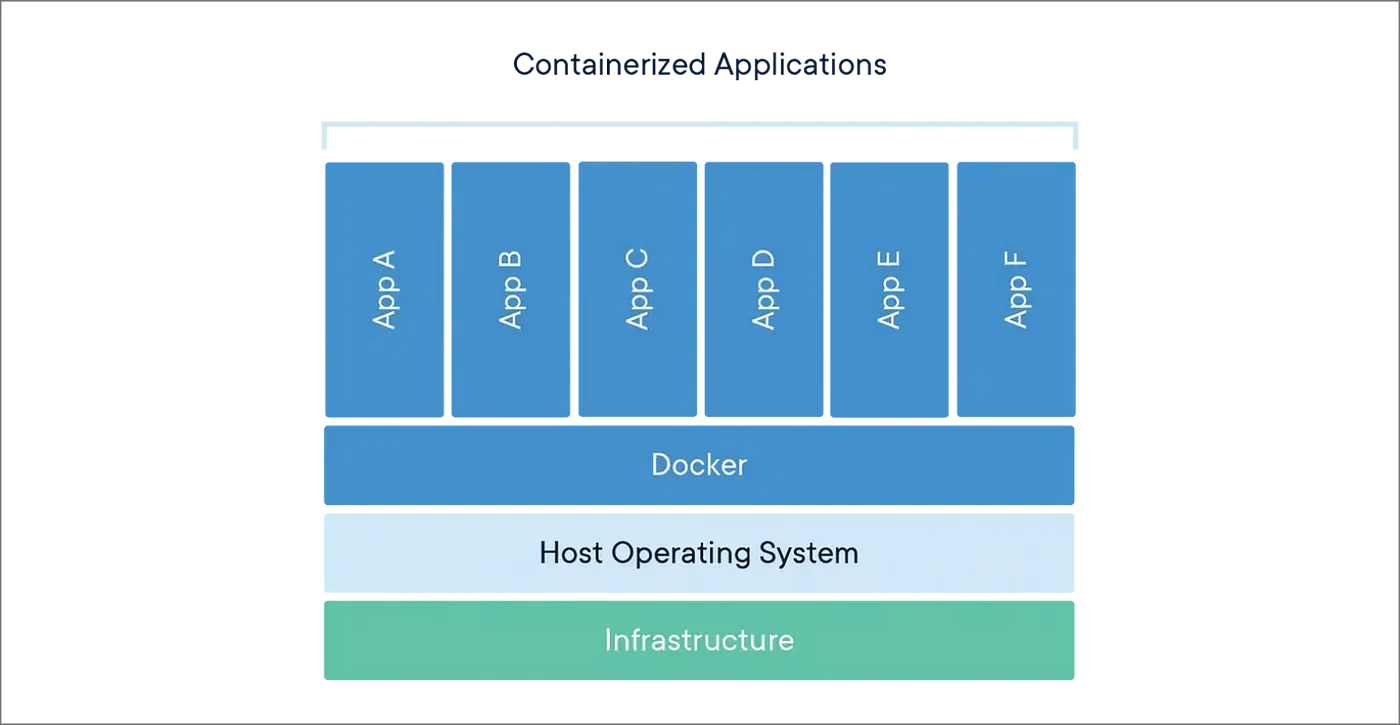Virtualization vs Containerization: What is the difference ?

In the world of computing, two popular technologies have emerged to revolutionize the way we deploy and manage applications: virtualization and containerization. While both terms may sound similar, they are distinct concepts that offer unique benefits and use cases. In this blog, we'll delve into the differences between virtualization and containerization, exploring their strengths, weaknesses, and real-world applications.
What is Virtualization?
Virtualization, also known as server virtualization, involves creating a software-based representation of a physical machine or device, called a "virtual machine" (VM). This allows multiple VMs to run on a single physical host, each with its own operating system, memory, and resources. Virtualization enables better hardware utilization, increased security, and simplified management.
Key characteristics of virtualization:
- Hardware emulation : VMs mimic the behavior of physical machines.
- Operating system-level isolation : Each VM runs its own OS instance.
- Resource partitioning : VMs share a single physical host's resources (CPU, memory, etc.).

What is Containerization?
Containerization, also known as process virtualization or operating system-level virtualization, involves creating lightweight, isolated environments for running applications. These "containers" are like lightweight VMs that run on top of a host OS, sharing the same kernel and libraries.
Key characteristics of containerization:
- Process isolation : Containers run as separate processes within the host OS.
- Library sharing : Containers share the same kernel and system libraries.
- Lightweight : Containers are much lighter than VMs (typically 5-10 MB in size).

Comparison: Virtualization vs Containerization
Virtualization | Containerization | |
|---|---|---|
Purpose | Run multiple operating systems or architectures on a single host. | Improve application deployment, management, and scalability. |
Isolation | Operating system-level isolation between VMs. | Process-level isolation within the host OS. |
Overhead | Higher overhead due to hardware emulation. | Lightweight, minimal overhead. |
Portability | VMs are less portable than containers. | Containers are highly portable and easy to deploy. |
When to Use Virtualization
- Run multiple operating systems or architectures on a single host.
- Isolate sensitive applications or data from each other.
- Take advantage of hardware-assisted virtualization (e.g., Intel VT-x, AMD-V).
- Migrate legacy applications to a modern environment.
When to Use Containerization
- Improve application deployment, management, and scalability.
- Run multiple instances of the same application with different configurations.
- Isolate specific processes or services from each other.
- Take advantage of lightweight, fast startup times.
Using VMs and Docker containers together
VMs and Docker containers can coexist. Docker containers can be run on a variety of virtualization and cloud platforms, including VMware vSphere, Microsoft Hyper-V, Azure, and AWS.
Real-World Applications
- Cloud Computing : Virtualization is commonly used in cloud computing to provide scalable, on-demand resources. Containerization is used to deploy and manage containerized applications in cloud environments.
- DevOps : Containerization is widely adopted for continuous integration and deployment (CI/CD) pipelines, allowing developers to easily package and deploy applications.
- Serverless Computing : Virtualization is used to create serverless architectures by running multiple VMs on a single host. Containerization is used to run containerized functions in serverless environments.
Conclusion
In conclusion, virtualization and containerization are two distinct technologies that serve different purposes. While virtualization provides operating system-level isolation and hardware emulation, containerization offers process-level isolation and lightweight deployment.